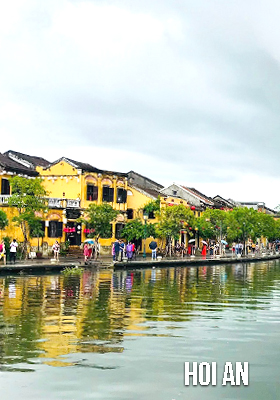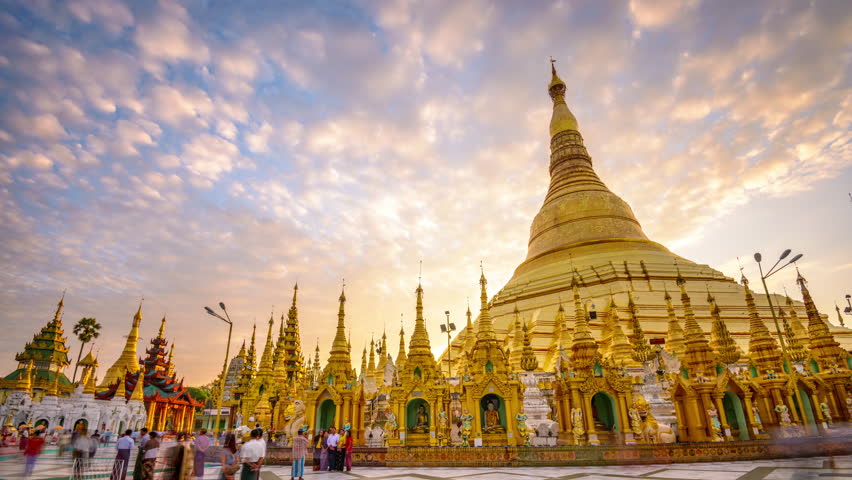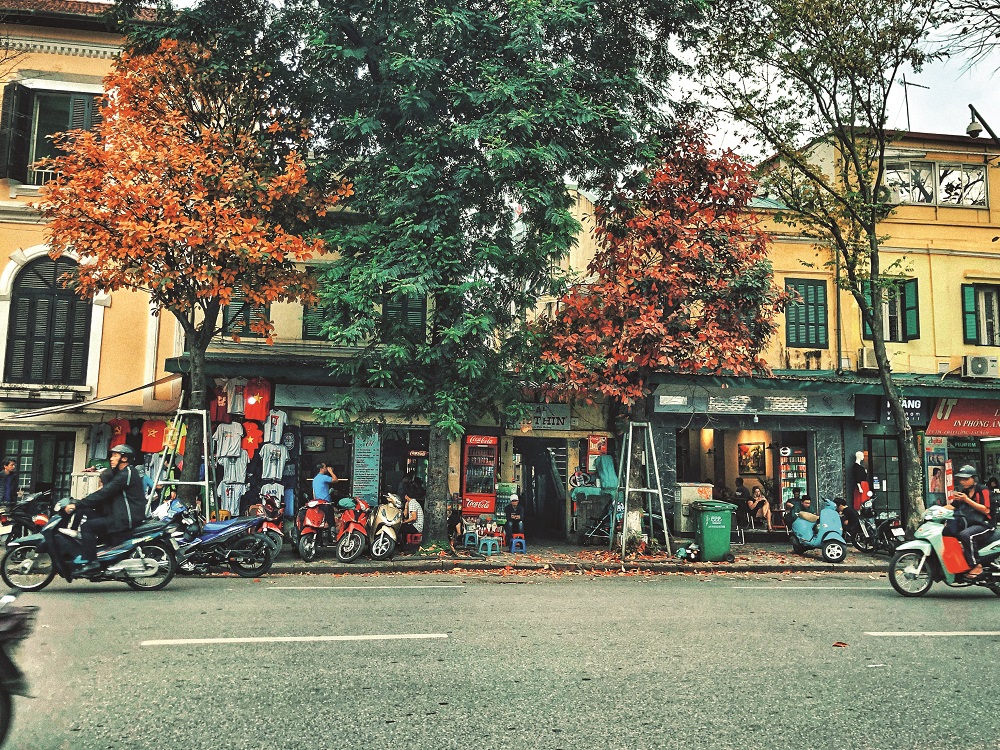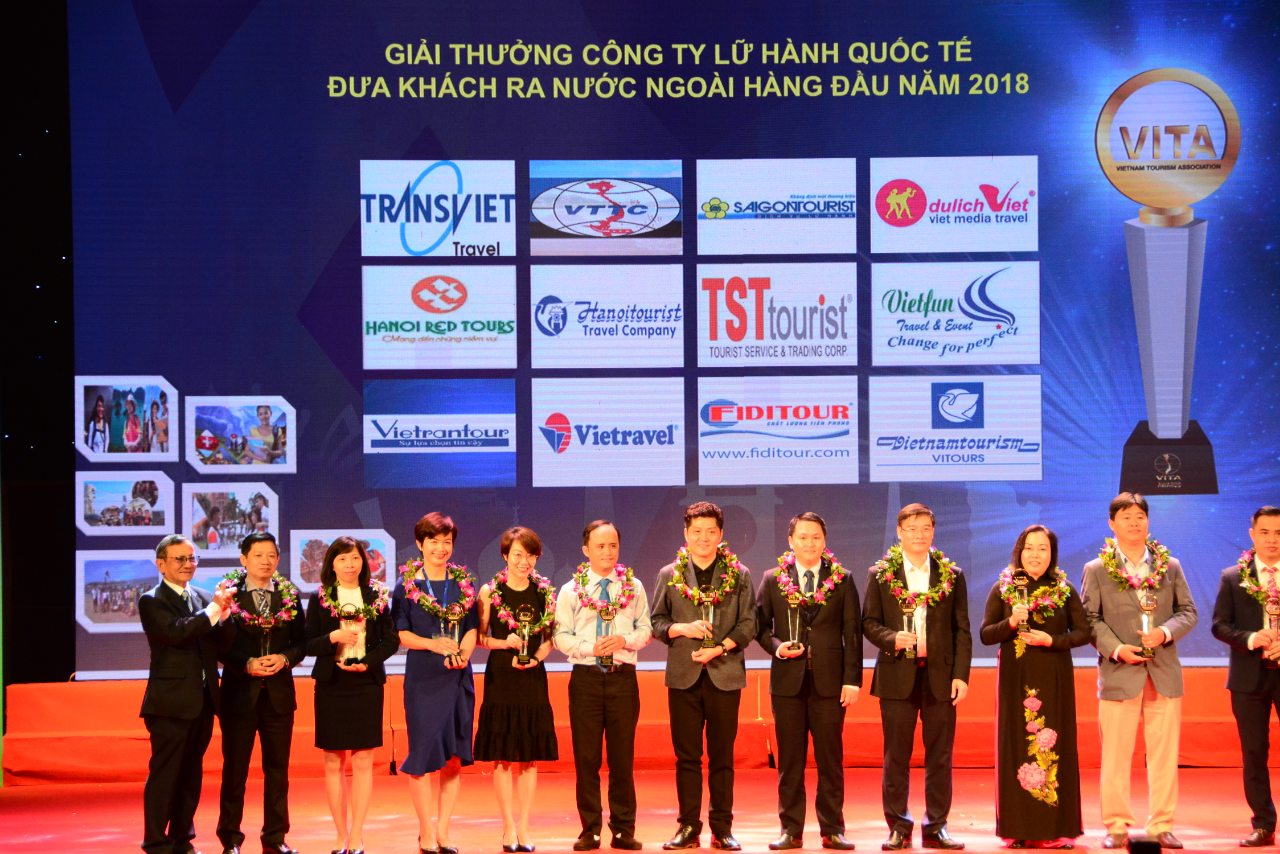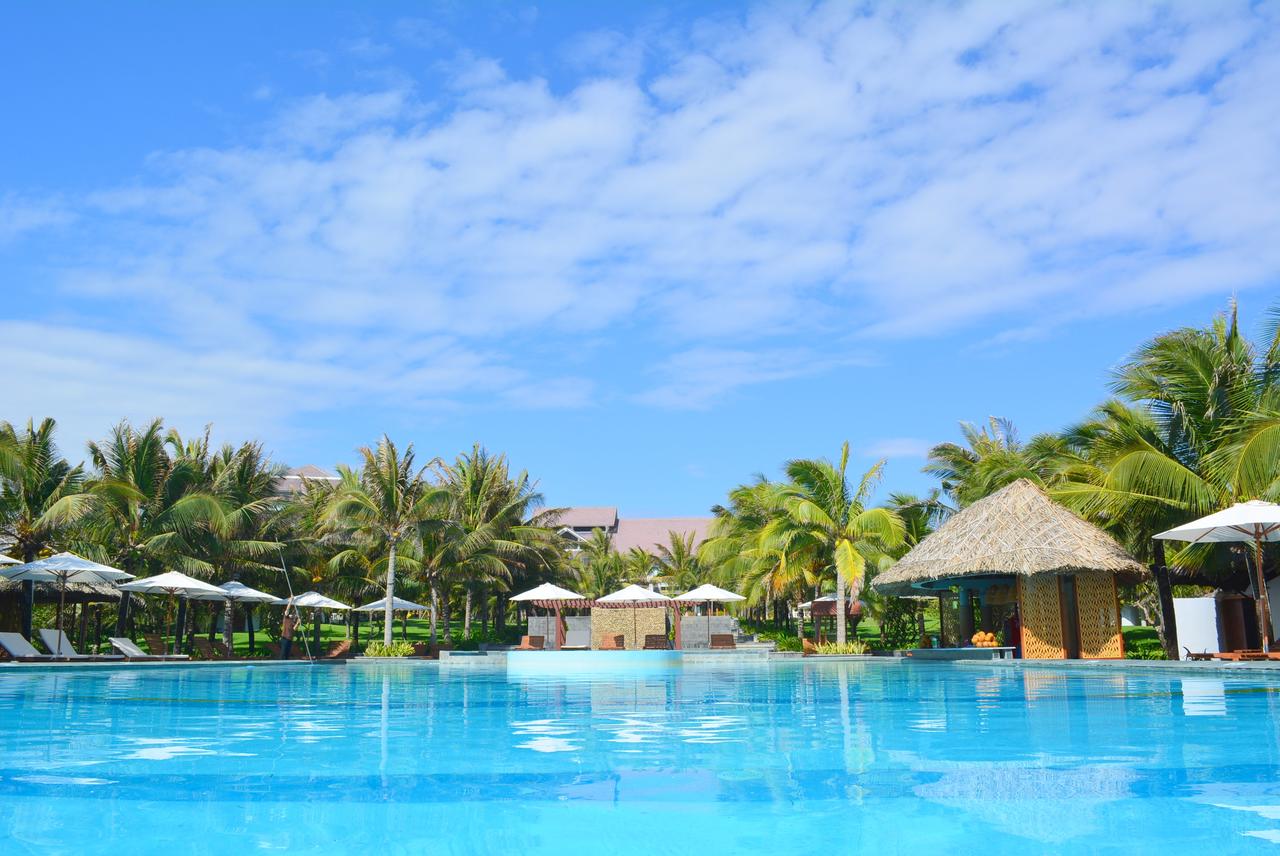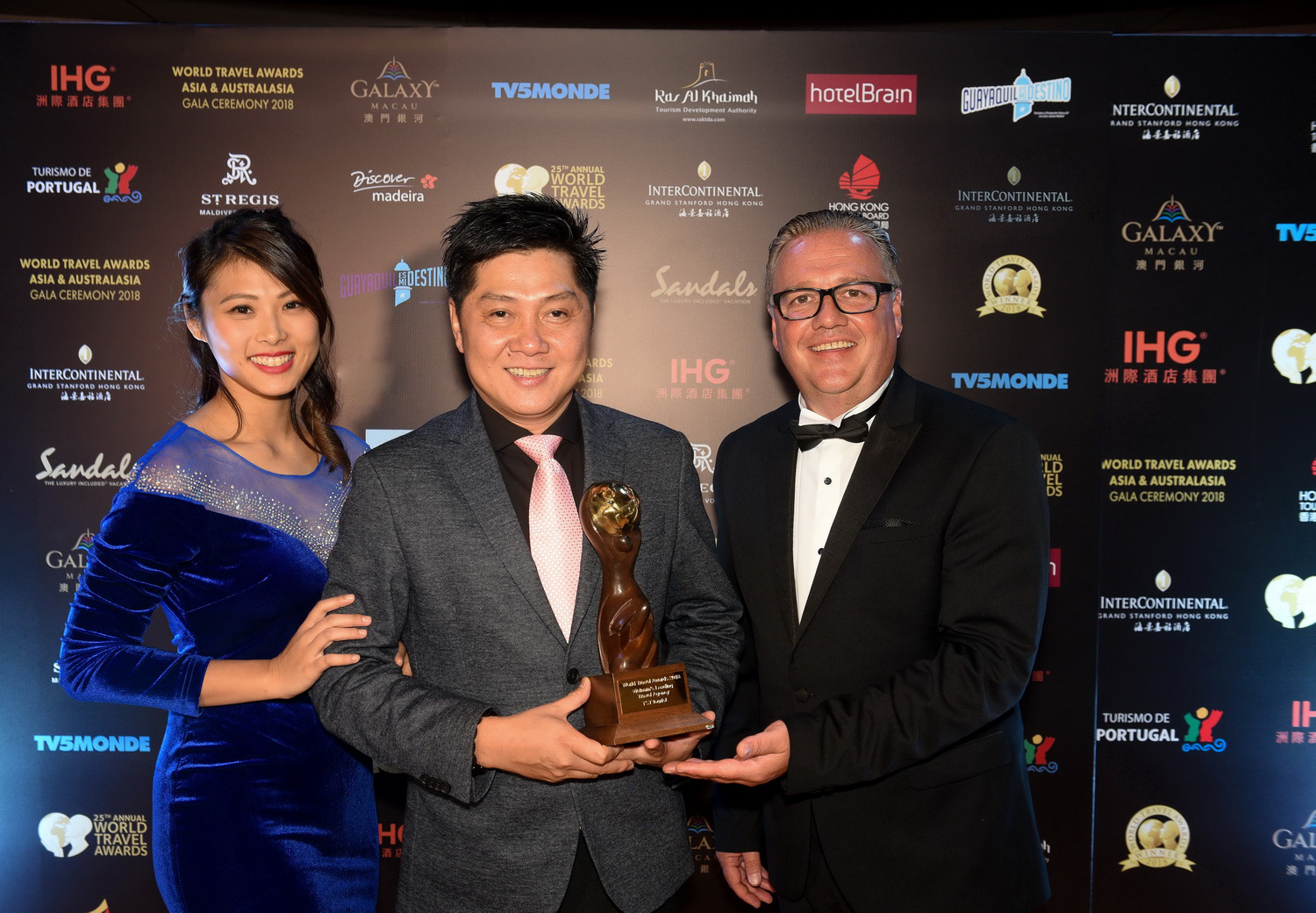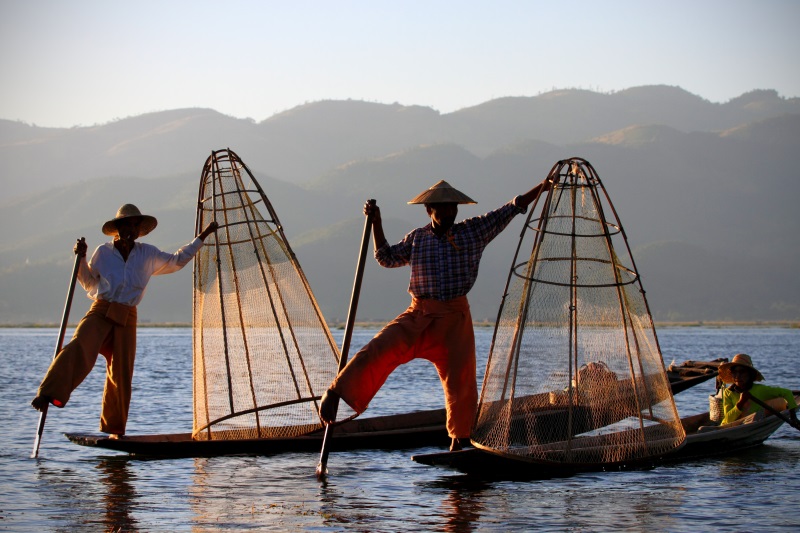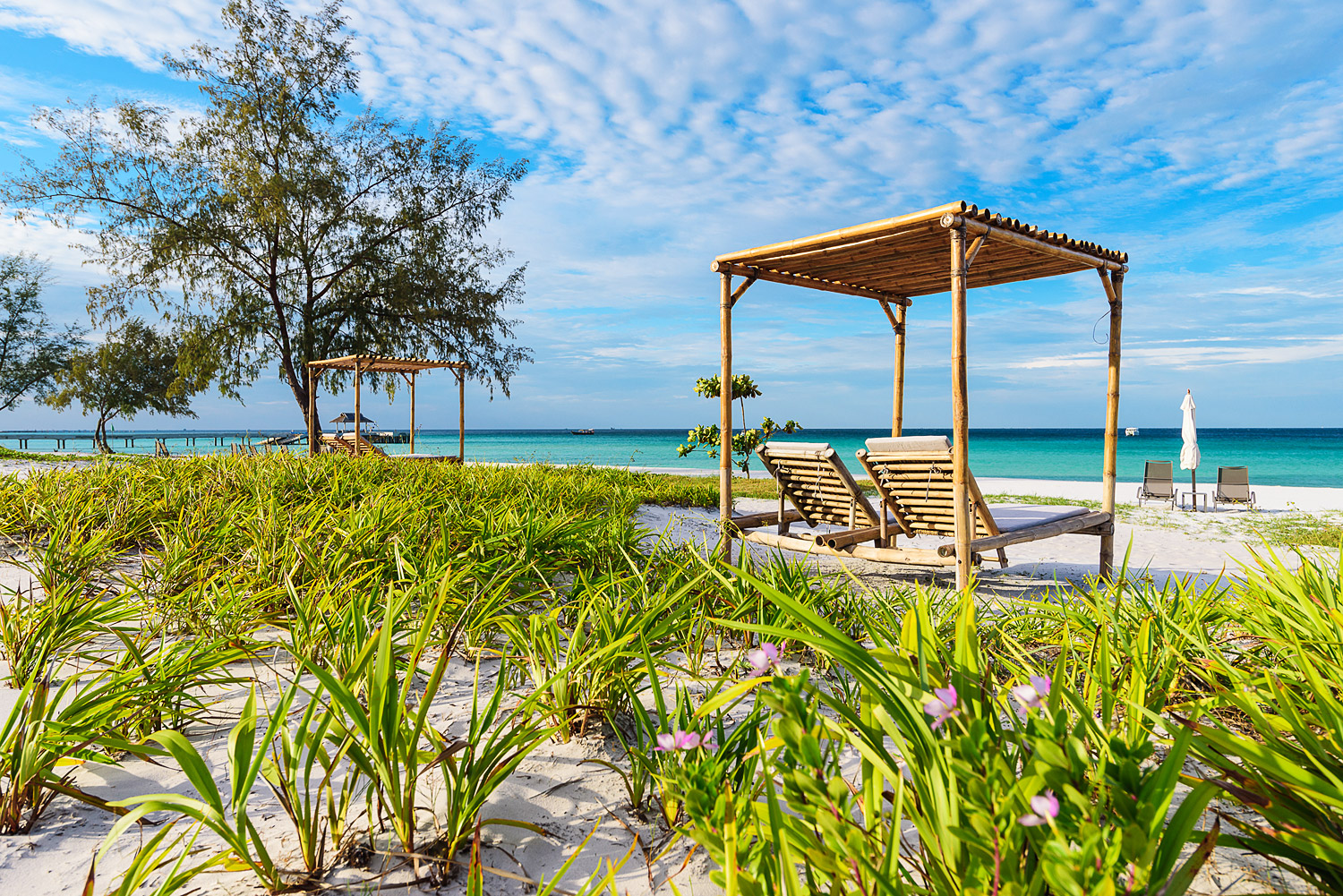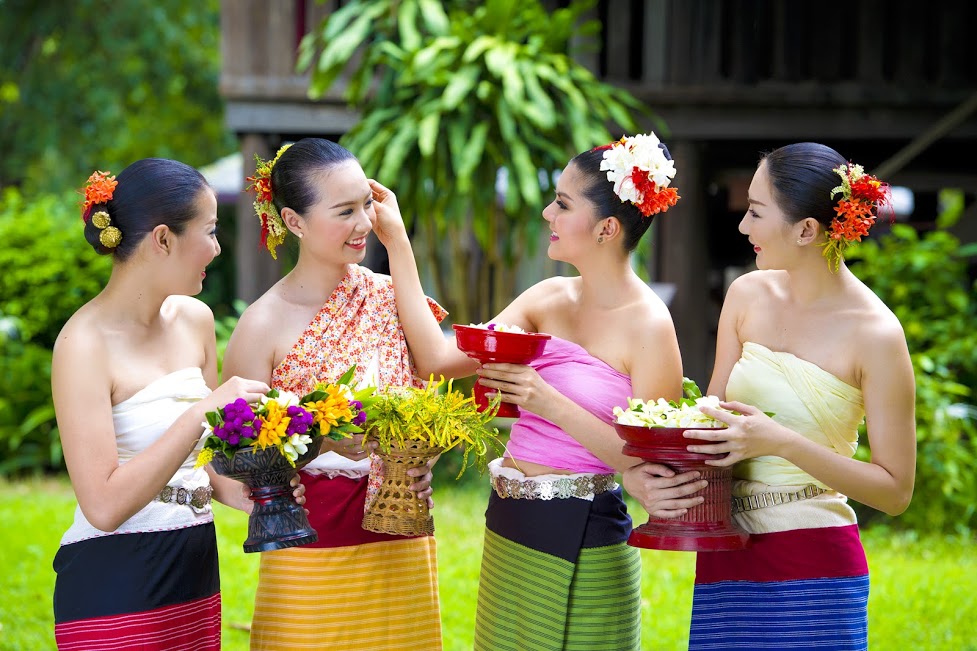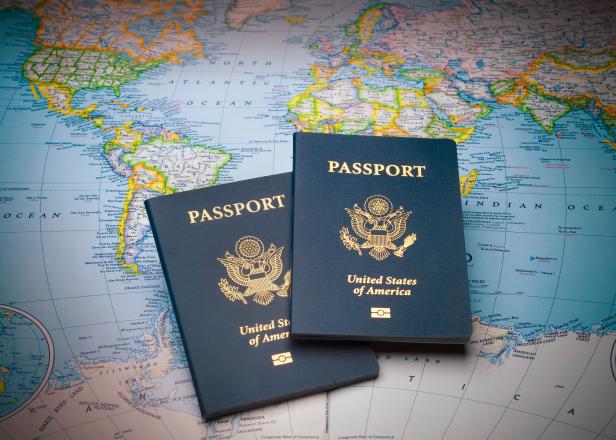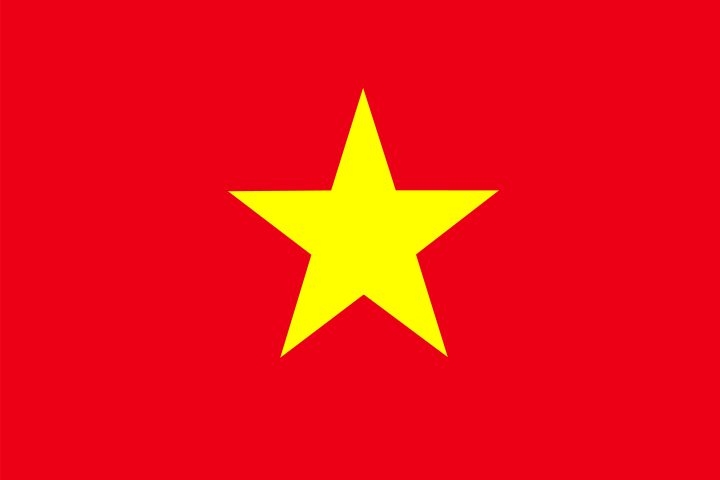- homepage
- news
- asia destination
- yamanashi the sacred land of dragon
Yamanashi the sacred land of dragon
A unique Samurai festival, the legendary Mount Fuji, an ancient village where the Dragon Kings dwell... All of these constitutes a World Natural and Cultural Heritage that is just one hour of train travel from Tokyo. Such attractive destination is Yamanashi, a countryside with many appealing stories, specialties and scenic spots for tourists from all over the world.
When it comes to Yamanashi, the Japanese think of two of its most famous specialties: peach and onsen (hot spring). Yamanashi peach is known as the best in Japan. Meanwhile, its onsens have long shaped a path for relaxation, with 32 Japanese-style inns built side and side. And Hatta is probably the first and so far the only wine onsen in Japan where travelers can immerse themselves in hot mineral water that turns dark purple for it is mixed with wine.
Speaking of wine, Yamanashi is the cradle of the Japanese wine industry, with its vast grape fields that have been around for more than 80 years, whose vine is almost as big as a human body. Yamanashi’s specialty grapes include Koshu (white grape) and Muscat (red grape), two of the oldest varieties that have existed in Yamanashi for over 800 years. They are the precious input for the best known wine maker in Yamanashi - Mars to produce renowned wine bottles such as Mars Koshu and Muscat Bailey-A. A trip to the ancient grape fields to explore the traditional wine-making processes in Yamanashi is always an exciting time because it is an opportunity to enjoy the delicate flavors of native grapes for free.
Mars provides visitors with over 10 different types of wine to try and find a bottle suitable as a gift. The winery keeps more than 300,000 bottles of wine that dated back as far as 100 years ago. Therefore, you can find yourself a bottle that was made in the year of your birth to offer your guests on special occasions.
Yamanashi is also world-famous (especially with Western countries) for the largest samurai festival in Japan, which takes place in mid-April each year. What makes the festival more and more well-known is the selection of volunteers to participate in the event, who are not only Yamanashi people but also international visitors. Thus, every time an audition is held to look for volunteers who shall assume the role of samurais and reenact the historic battle of Kawanakajima in 1553 between the two notorious feudal lords Uesugi Kenshin and Takeda Shingen, the 1,000 posts available online are immediately signed up for in less than 10 minutes.
On the day of the festival, an average audience of 40,000 watch the samurai warriors in traditional costumes parade and get into a spectacular and dramatic battle with sword fighting and horse riding, aided by sound effects and pyrotechnics. There is a winning side, and the other party of swordsmen lying dead or injured in the square in front of the city hall of Fuefuki, Yamanashi Prefecture. Such (scripted) fights and (fake) deaths create a fascinating image for the festival, which vividly portray the cruelty of war, giving an ideal opportunity for tourists to observe, experience and learn the historic events of Japan.
As for scenic spots in Yamanashi, beside the symbolic Mount Fuji, there is the ancient village of Oshino Hakkai at the foot of this mountain, which has been voted one of the 100 best locations to behold the beauty of Mount Fuji. The Japanese believe the eight ponds with crystal clear water in the ancient village of Oshino Hakkai are home to eight Dragon Kings. Legend has it that these holy beings are spraying pure water daily to nourish the inhabitants of the village. From a scientific standpoint, the water source of Oshino Hakkai is one of Japan’s 100 purest natural sources of water, which can be taken directly. The secret of such purification lies in the deposition process, as the ice melts away from Mount Fuji and penetrates into the ground, permeating countless layers of minerals and rocks for 80 years before reaching the ancient village of Oshino Hakkai.
The eight ponds vary in size and are named Kagami, Shobu, Nigori, Waku, Choshi, Sokonuke, Deguchi and Okama. It is said that in the Edo period, the samurais once traveling to Mount Fuji would go to the ancient village of Oshino Hakkai to cleanse their bodies and find themselves inner peace, before climbing up the sacred mountain. Today, travelers visit Oshino Hakkai to admire the rustic beauty of straw roof houses reflecting themselves onto the ponds as clear as a jade, with the snowy top of Mount Fuji seen from afar. All create a harmonious, pristine and pure landscape. The charm of Oshino Hakkai has become a cultural heritage of all humanity, with an appeal for visitors from all over the world at any time of the year.
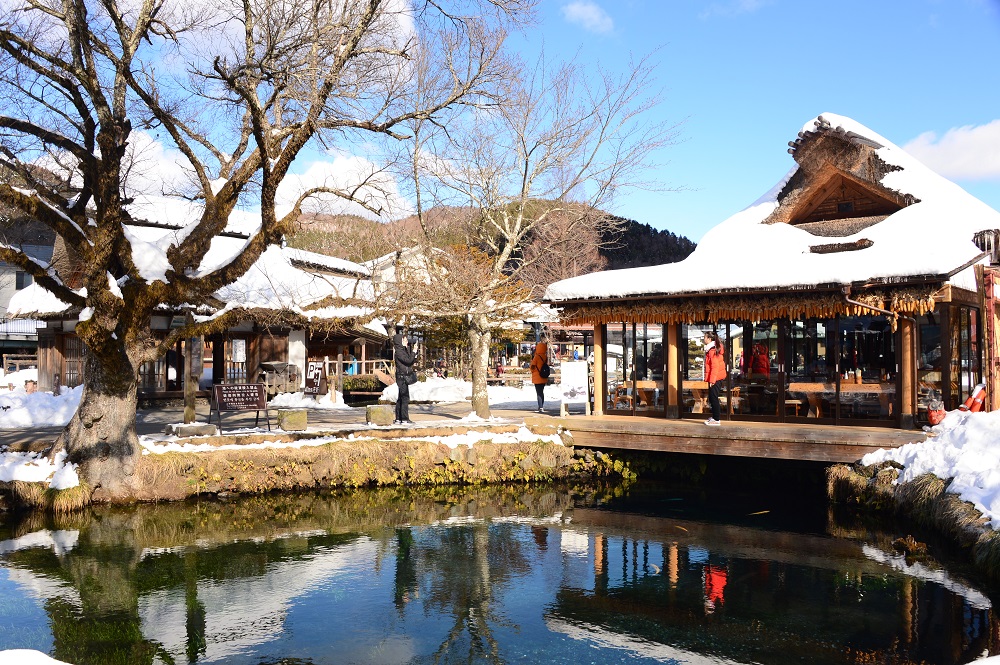
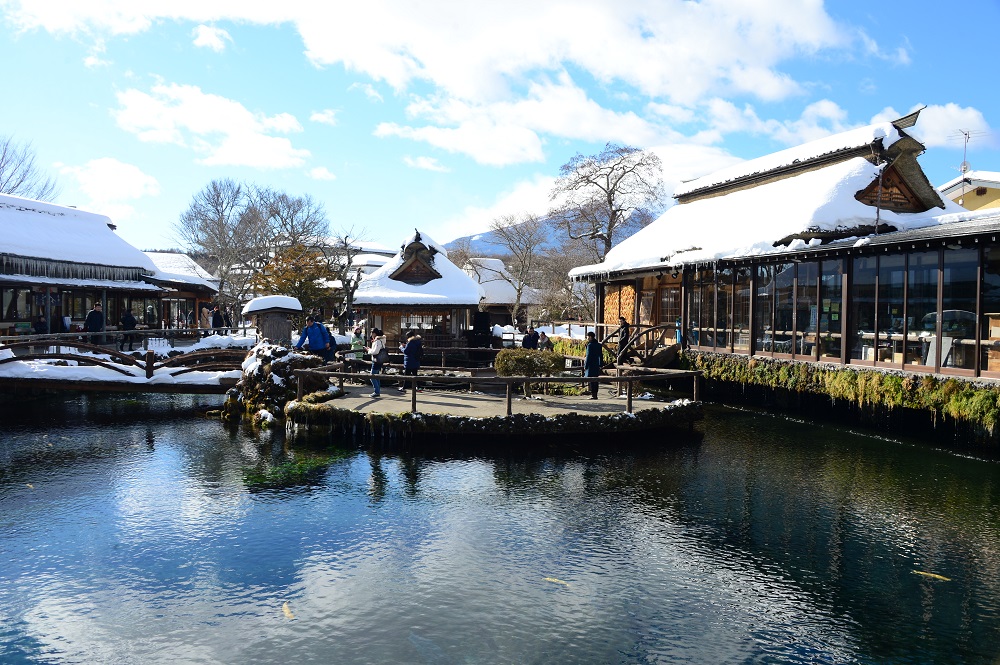
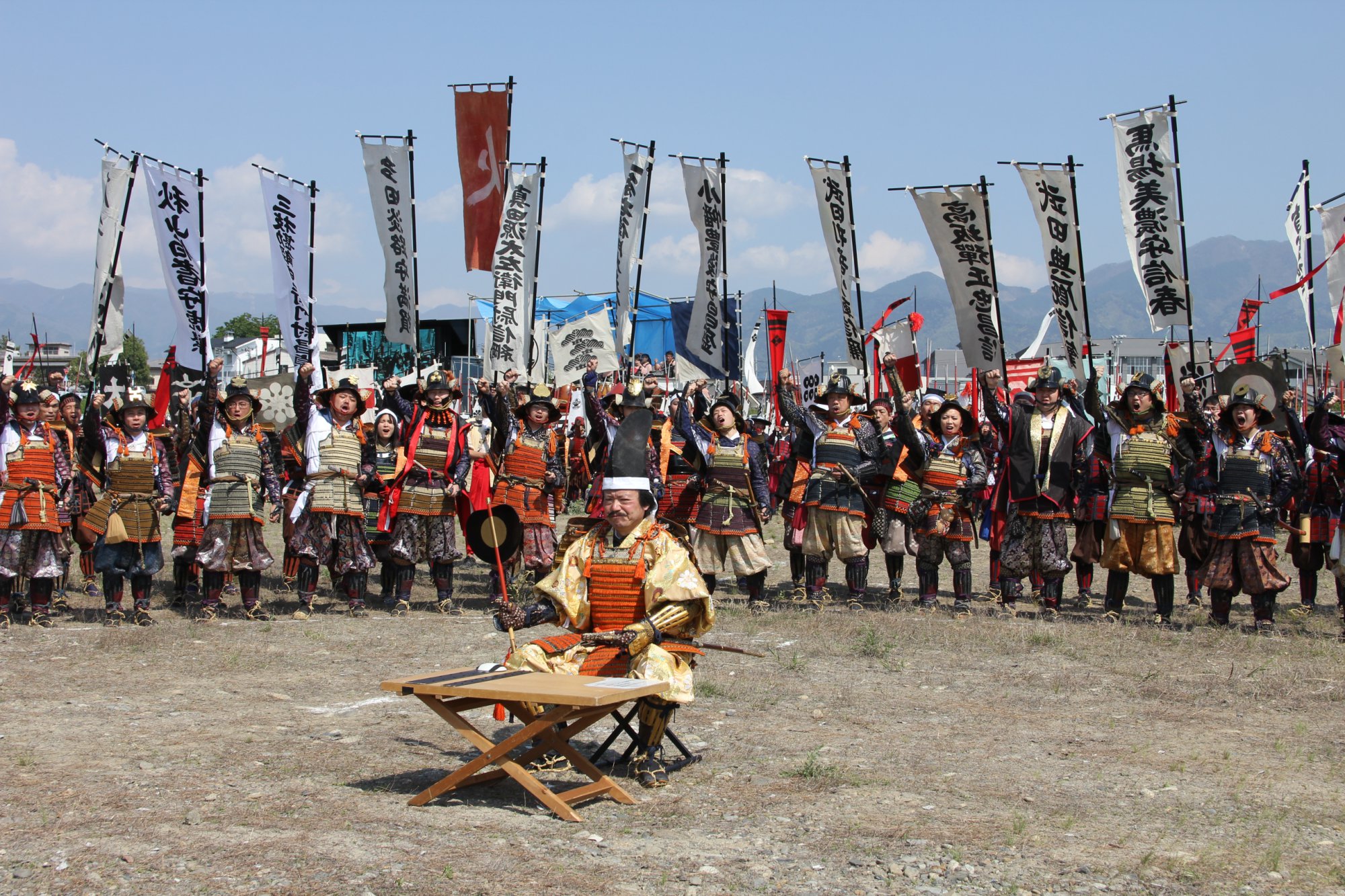
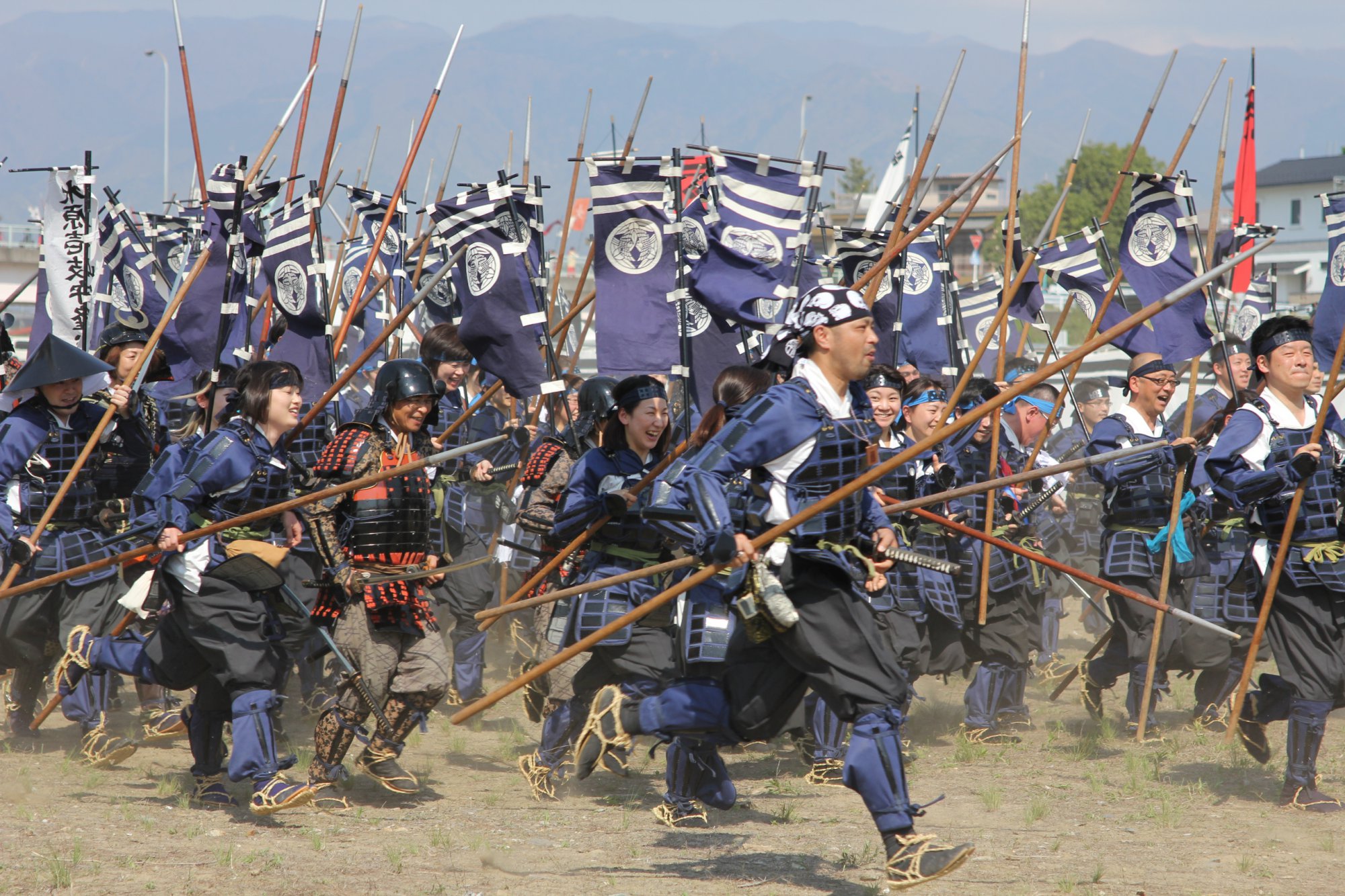
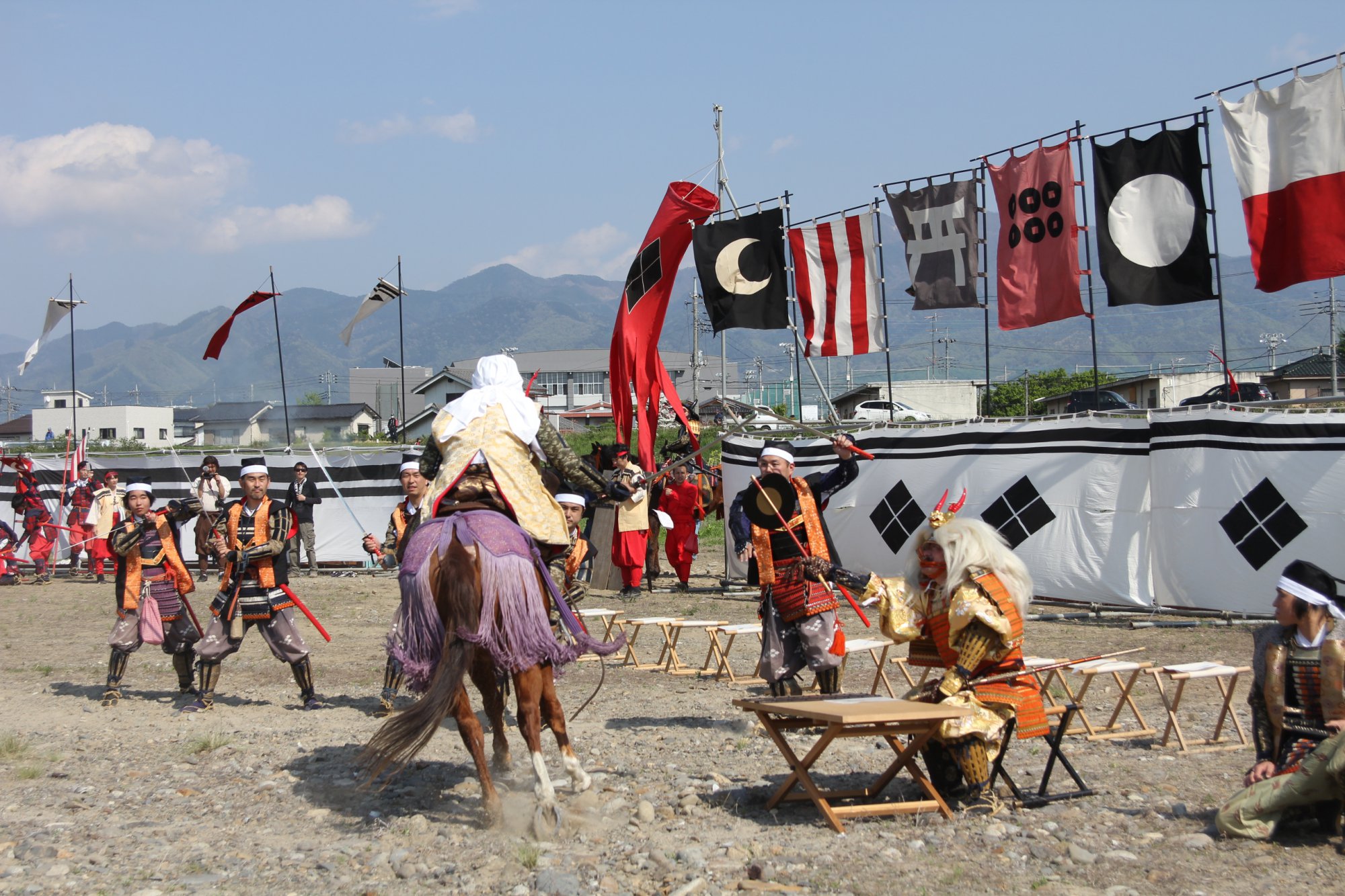
- Spectacular Seorak in the golden leaf season 18/10/2019
- The unique Intha people 04/10/2019
- Cebu spectacles 20/05/2019
- 7 of Cambodia's best islands 20/05/2019
- Jubilant Songkran 22/05/2019
- Phuket's hidden pearl 20/05/2019
- Myanmar myths 18/05/2019
- Island paradise - Royal Sands Koh Rong 20/05/2019
- Bring yourself to Bang Rak 20/05/2019
- The vivid summer colors of Thailand 18/05/2019
Business hours:
- From 8:00 - 18:00 Mon - Fri
- From 8:00: 12:00 Saturday
International Tour Operator License No: 79-162/20/2014/TCDL-GP LHQT.








